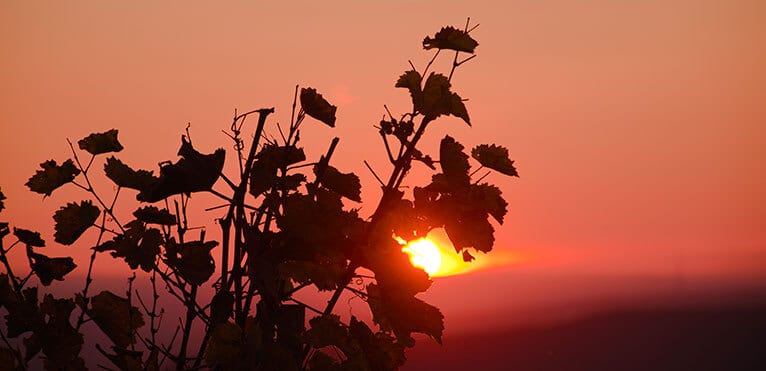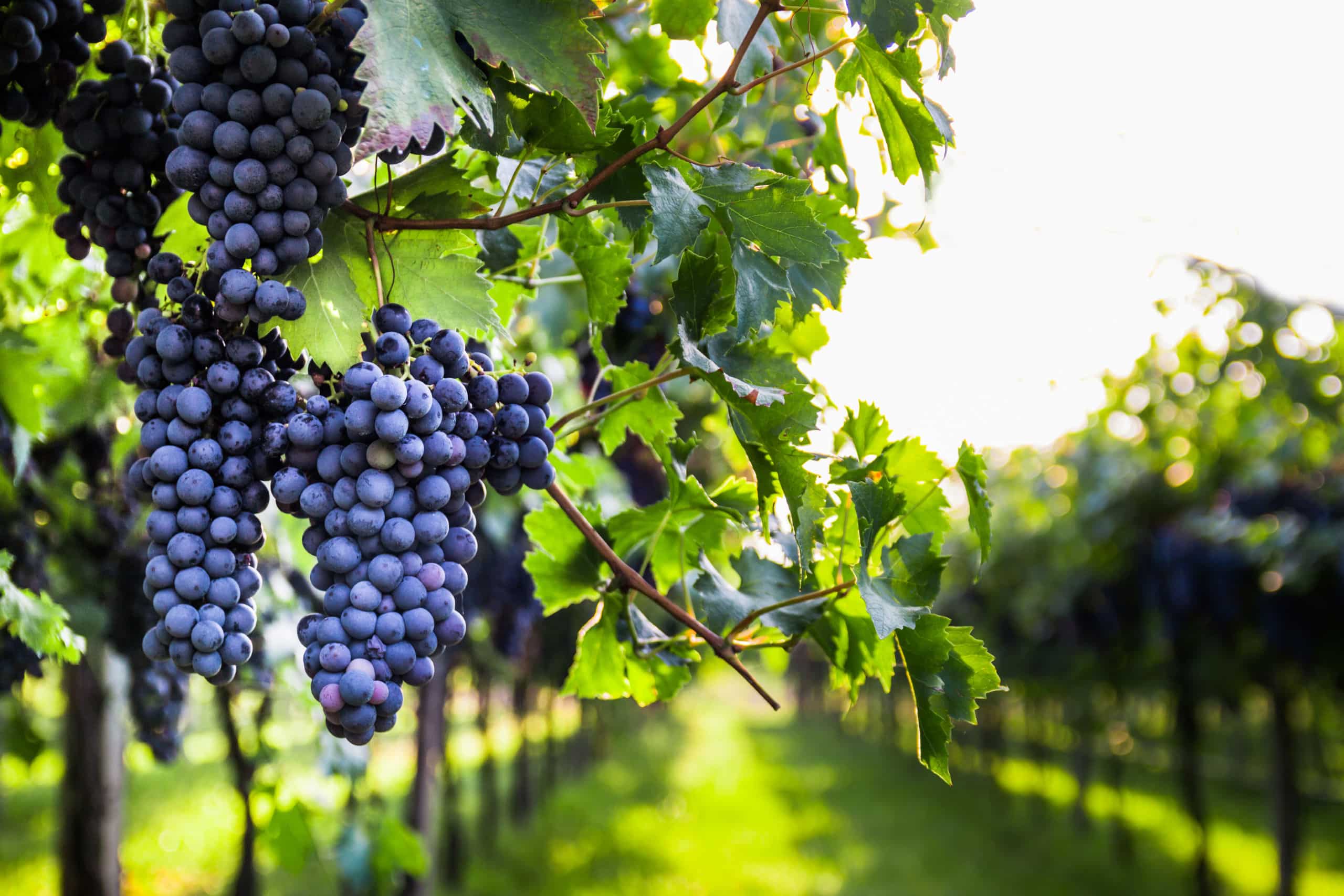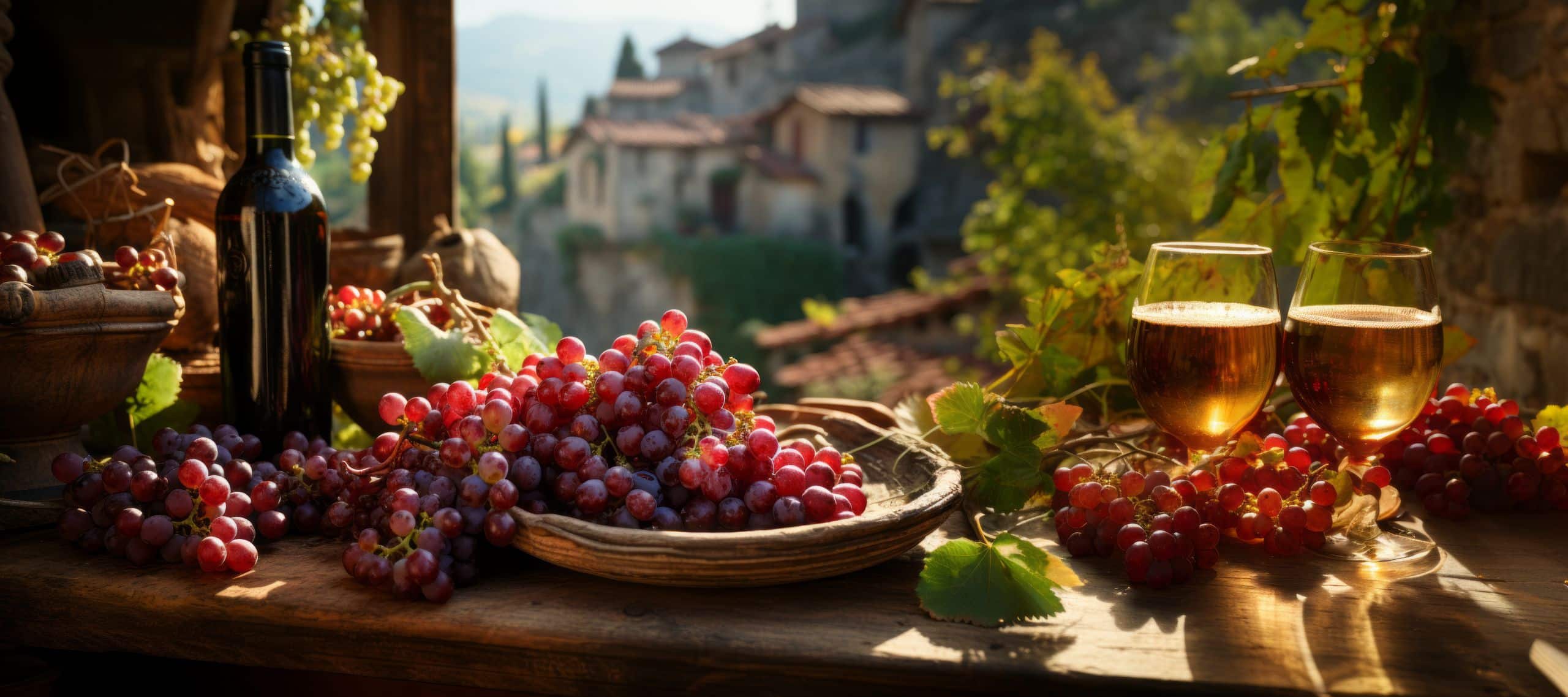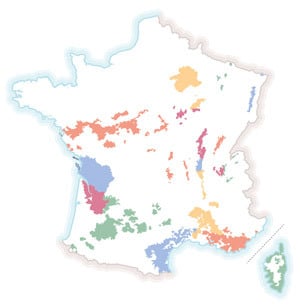
Contents
Caused largely by human activity, global warming can have a significant impact on our planet and our lives. According to the IPCC, an increase exceeding the 2° limit would have irreversible impacts on our ecosystem.
In concrete terms, in the vineyards, global warming could change forever the way certain wine-growing regions function, their yields, tastes and even location.
The impact of climate change on wine
An increase of more than 2° in the Earth’s temperature would destroy 51% to 56% of the world’s wine-growing regions, due to an excessively arid climate and lack of water (the figure rises to 85% for a 4° rise in temperature). Unfortunately, grapes are very sensitive to changes in temperature. The first regions to be destroyed would include Spain, Italy and Australia.
In addition, climate change is likely to lead to an increase in meteorological incidents, such as wildfires in hot regions like the south of France, Australia and California. There is also a risk of an increase in high winds (which cause fires to start and fuel them). In recent years, fires have destroyed numerous vineyards in California and Australia.
What changes should you make?
The French National Institute for Agricultural Research (INRA) recently proposed solutions to save vineyards from the consequences of global warming.
Firstly, replacing current grape varieties with more resistant ones would avoid half the losses in the event of a 2° increase in the earth’s temperature (and a third in the event of a 4° increase). Studies have been carried out on over 1,100 grape varieties grown today to determine the climates and regions in which they flourish best. The researchers selected the 11 most widely planted grape varieties: cabernet sauvignon, chasselas, chardonnay, grenache, merlot, mourvèdre, pinot noir, riesling, sauvignon blanc, syrah and ugni blanc. The in-depth study of these grape varieties has enabled us to determine a mathematical model predicting the evolution of grape varieties according to three scenarios (no warming, +2°, +4°). They concluded that certain grape varieties could be replaced to save many vineyards. For example, Grenache and Mourvèdre (Pays d’Oc) could replace Merlot (Bordeaux). In Alsace, Riesling could be replaced by Ugni blanc (Méditerrannée, Cognac and Armagnac).
In addition, lack of water and sudden changes in temperature affect the balance between sugar and acidity in the grapes, and therefore the aromas present in the wine. A tannic red wine could become a fruity, aromatic wine.
Chaptalization, the practice of adding sugar to increase the alcohol content of juice produced from grapes not sufficiently fermented in too cold a region, is also said to be an obsolete method. This may be good news for wines that need to be chaptalized, but warming can also make wines too alcoholic. Certain techniques can be used to lower the alcohol content of wine, but they are costly and, above all, they change the typicity of the wine, leading to the production of wines that are no longer representative of their original terroirs.
During tasting, as the wines will be more tannic due to the excess alcohol, decanting should be carried out even further upstream so that the juice is appreciable.
A possible future for our vines?
A wine is first and foremost the product of a terroir. Since terroir is made up of soil, plant and climate, with the importance of climate estimated at around 50%, we can deduce that it is the vines and terroirs that will be impacted by global warming.
Firstly, there will be legal and legislative changes concerning PGIs and AOCs and the different varieties grown. This has an impact not only on the producer, who will have to take the necessary steps, but also on the consumer, who will have to acclimatize (no pun intended) to the changes in appellation and change his habits.
Next, we can expect a change in the situation of the wine-growing regions in relation to the poles. In concrete terms, the latter will move an average of 1,000 km closer to the poles. Some regions will become arable, while others will become too arid to grow vines. Rising water levels could also threaten vineyards on the coast.
On the other hand, certain regions such as England and Denmark are emerging as new wine-growing regions. Vines are even multiplying here, and Denmark even has its own AOC for the Jutland region.
Photo: Stephan H. / Unsplash




